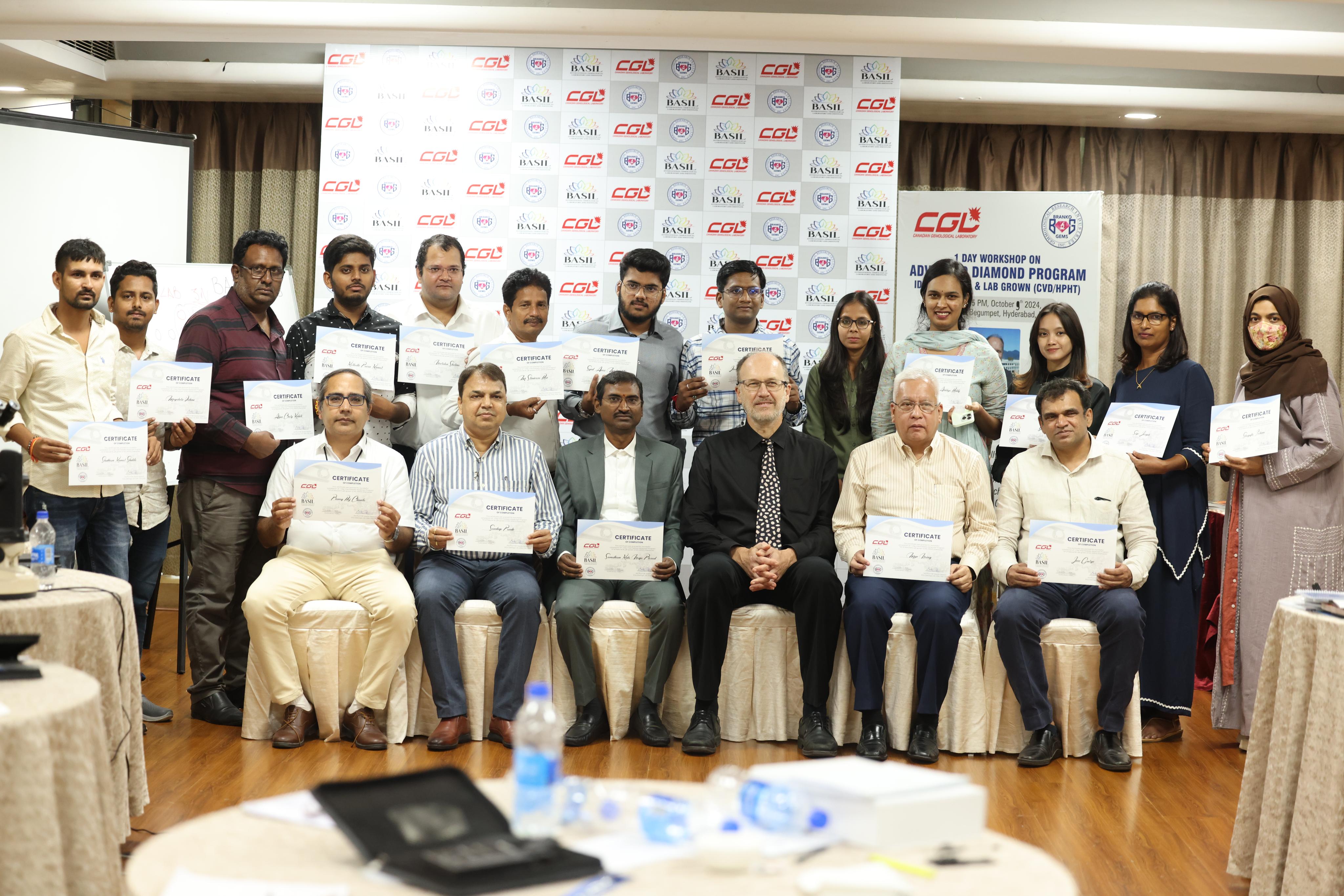

Accurate identification is essential in maintaining the commercial value of gemstones. It is also a required skill which enables jewelers to disclose to their customers the correct identity of the gemstones they sell.
By using standard gem testing instruments and techniques, trained gemologists can recognize most gem materials.
In some instances, gemologists may not be able to distinguish certain synthetic and laboratory treated gem materials using standard gem testing instruments , which can have almost the same visual appearance and gemological properties as their natural counterparts.
Each report bears a unique 19 digit number, B230316130421153601. This individual document number is critical to substantiate a reports’ authenticity.
The date is encrypted in the report number as a barcode.
A brief description identifies the Gemstone being tested; e.g. “One faceted gemstone” or “Ring with 5 facetted stones”.
With a sound knowledge on the help of inclusions
Separation of natural from synthetic gemstones
Identification and disclosure of treatments on coloured stones
Describes both the shape (girdle outline) and the cut of the Gemstone. Shapes can be round, oval, etc
Cut refers to the facet pattern, e.g. brilliant cut, step cut.
The carat (ct) is a unit of mass equal to 200 mg (0.2 g) and is used for measuring gemstones
For many shapes, 3 measurements are needed to ensure a gemstone will fit a jewelry mounting. For example: An oval 6 mm x 4 mm x 3 mm gemstone, would be6 mm in length, 4 mm in width, and 3 mm in depth. For round or square gems, only two measurements are needed since the length and width are the same (or very close)
Colour ) is the characteristic of human visual perception described through color categories, with names such as red, blue, yellow, green, orange, or purple. This perception of color derives from the stimulation of cone cells in the human eye by electromagnetic radiation in the spectrum of light. Color categories and physical specifications of color are associated with objects through the wavelength of the light that is reflected from them. This reflection is governed by the object's physical properties such as light absorption, emission spectra, etc
gemstone transparency – whether agem is opaque, translucent, or transparent – is a result of light interacting with the gem
A ratio, which indicates the ‘optical density’ of a substance. It is related to the angles of incidence and refraction of light. The refractive index is different for most gem-species.
An optical instrumentpolariscope used in testing transparent gemstones to distinguish between isotropic and anisotropic materials.
Specific Gravity (SG) is the ratio of the weight of a substance to the weight of an equal volume of water. Every gem has its own specific gravity and the SG can be used as an additional value in gemstone identification. For this, a hydrostatic balance is used.
Hardness of a gemstone is its resistance to scratching and may be described relative to a standard scale of 10 minerals known as the Mohs scale. F. Mohs, an Austrian mineralogist, developed this scale in 1822
Examined stones of natural formation, are identified as Natural before the Gemstone name. Gemstones produced from a synthetic crystal, will bear the term Synthetic in front of the name (e.g. Synthetic Ruby). Stones that have undergone rigorous treatment will be marked as enhanced in the comments (e.g. Thermally Enhanced).